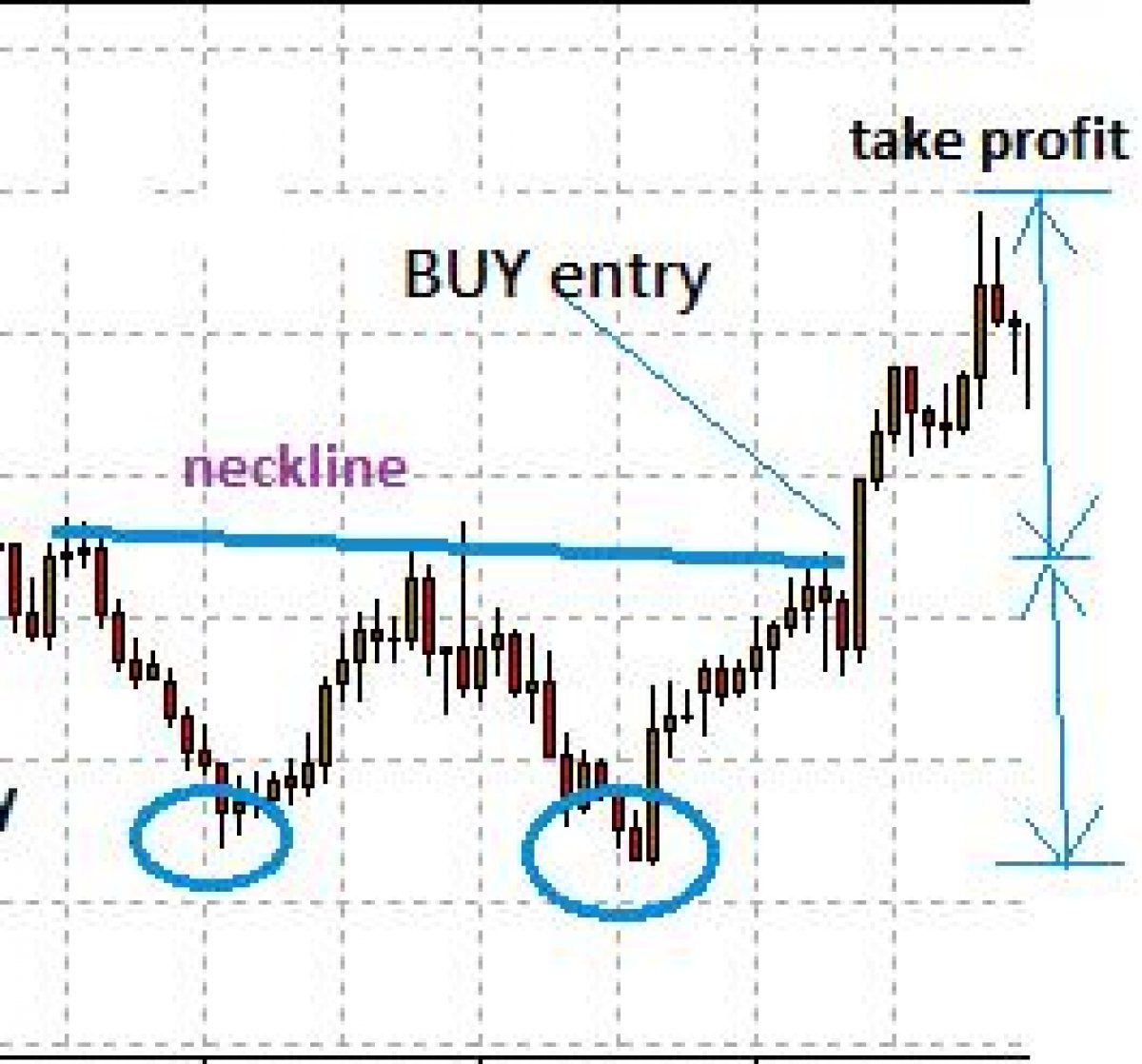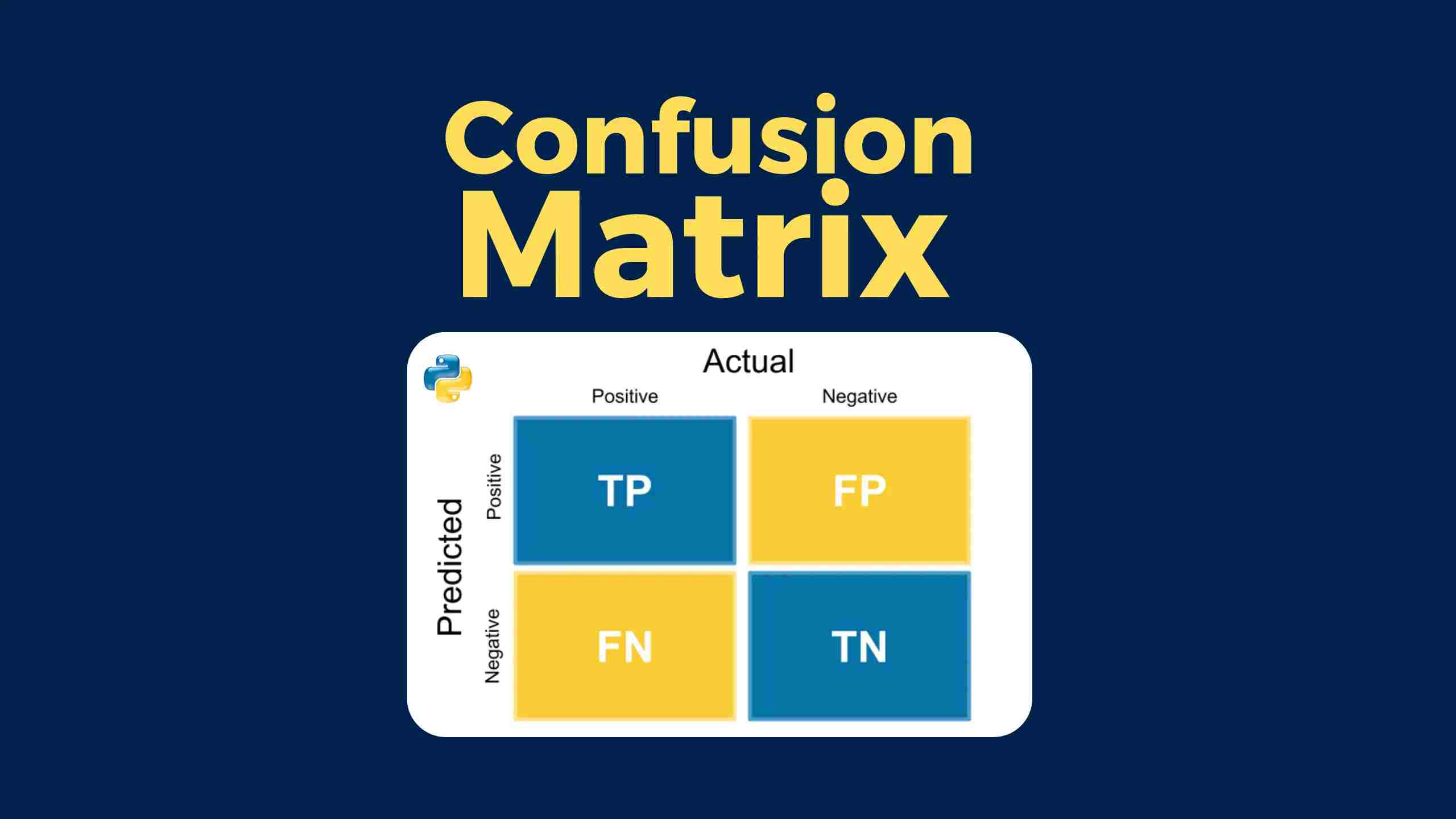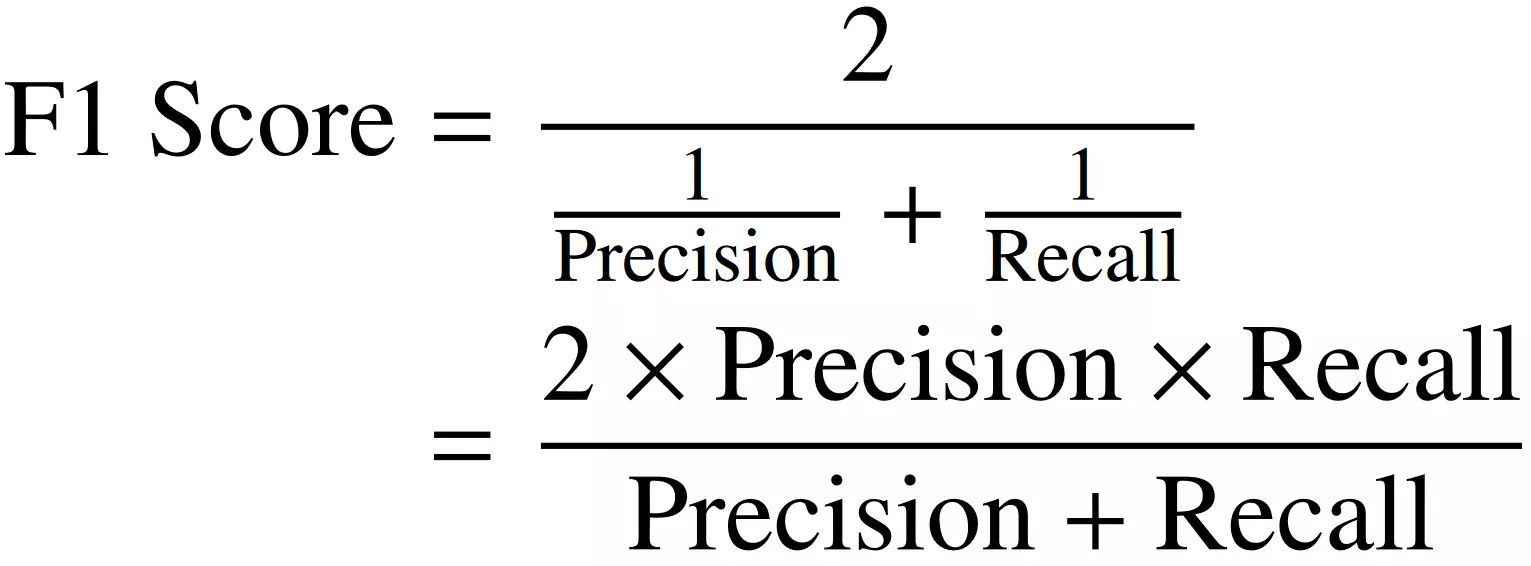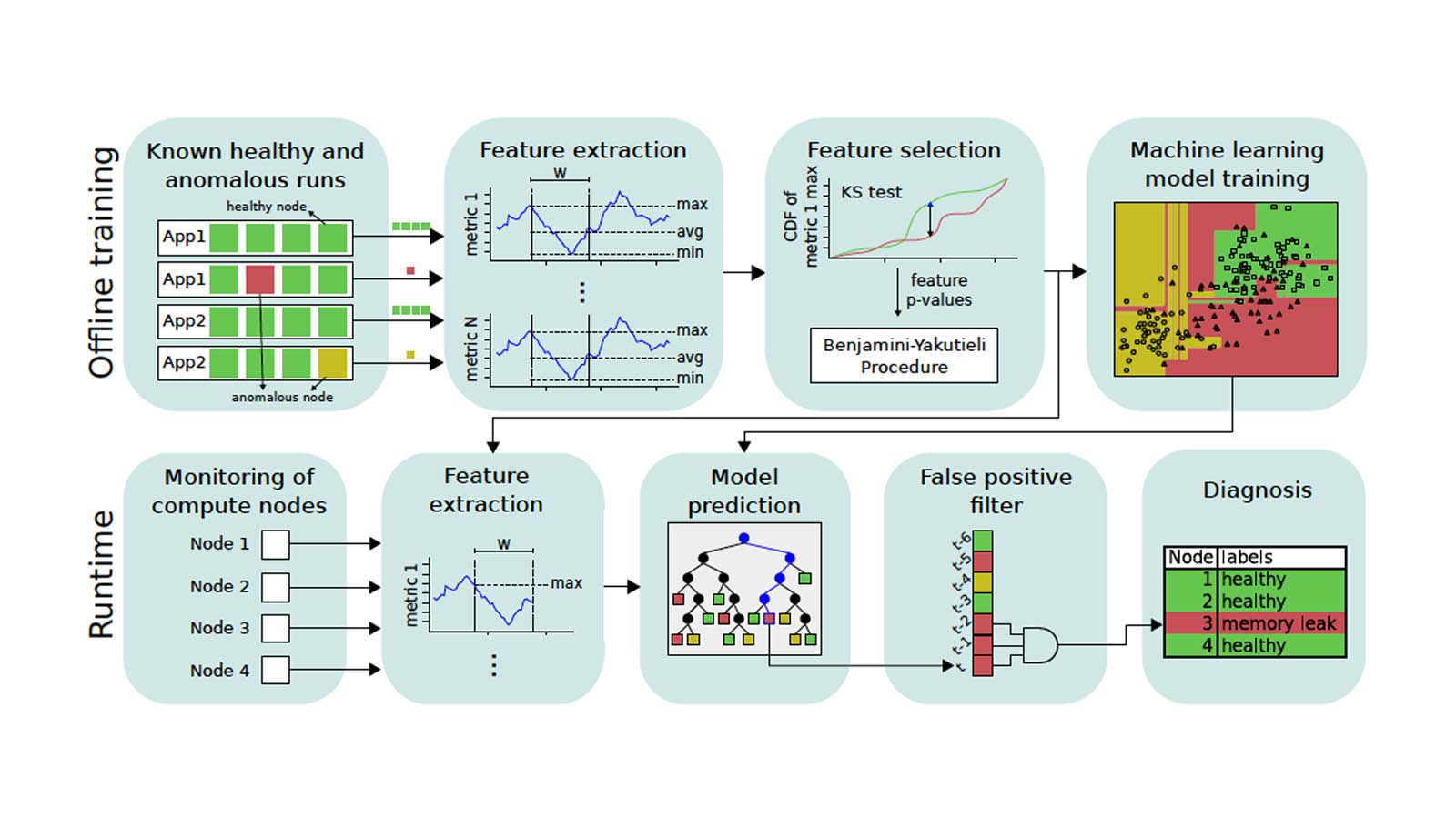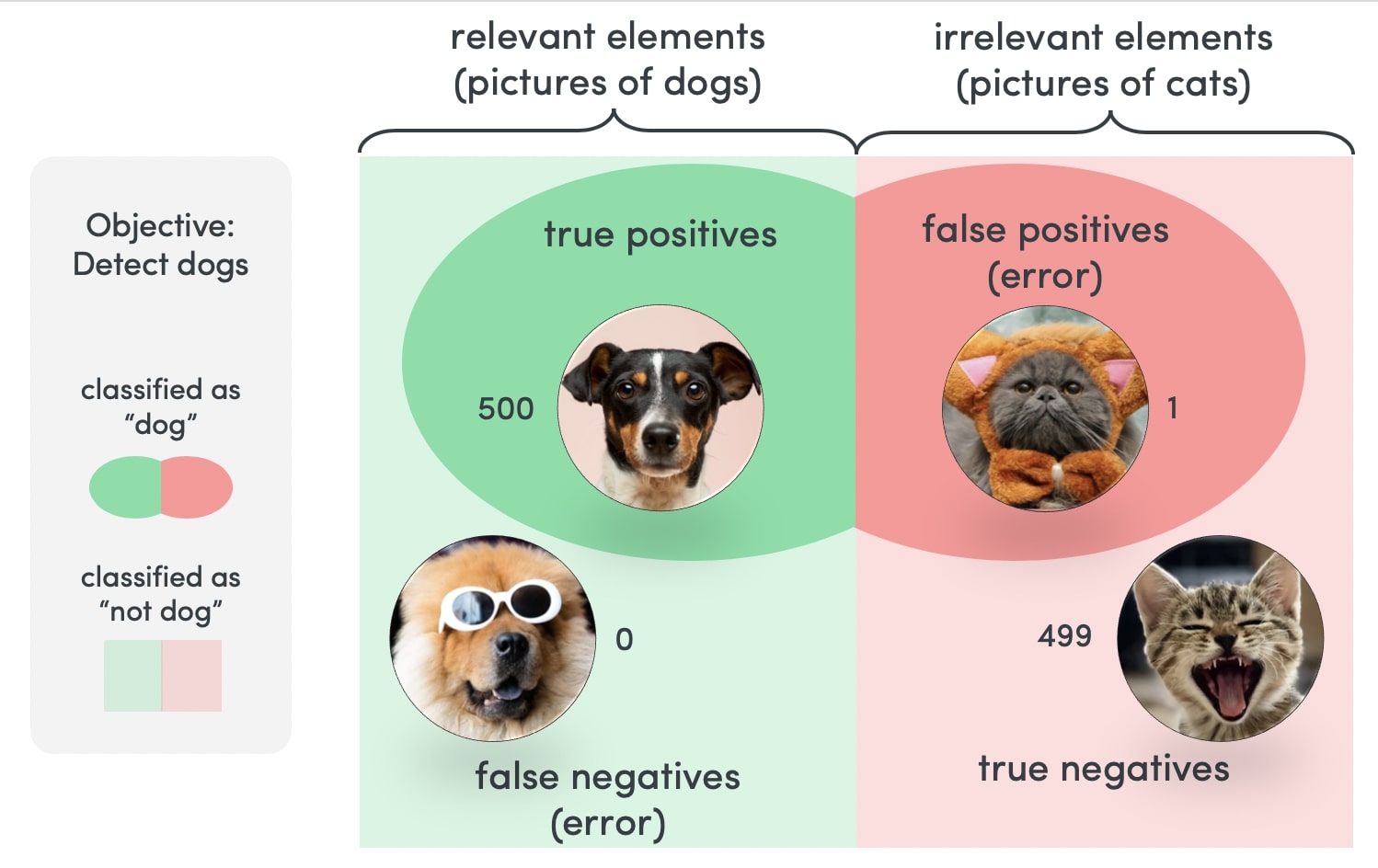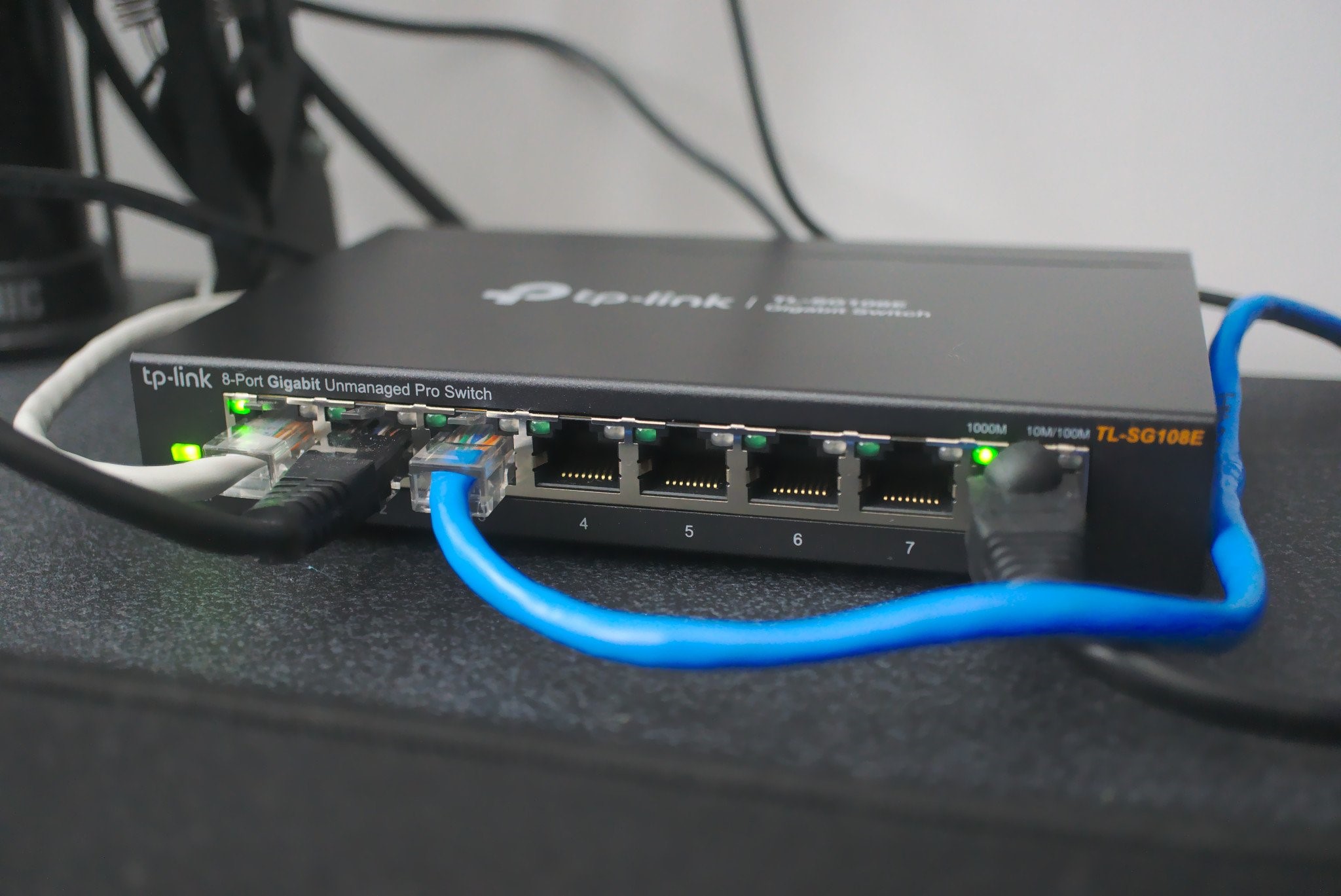Introduction
Trading in the financial markets can be a complex and challenging endeavor. It requires a deep understanding of market dynamics, analysis of various indicators, and the ability to make informed decisions. One key aspect of trading is setting the Take Profit (TP) level. TP, also known as “target price,” plays a crucial role in determining when to exit a trade and secure profits. In this comprehensive guide, we will explore the concept of TP in trading, how it works, its importance, and different strategies to set TP effectively.
TP refers to the predetermined price level at which a trader aims to close a position and lock in profits. It is the opposite of a Stop Loss, which is a predefined price level at which a trader exits a trade to limit potential losses. While Stop Loss is used to safeguard against adverse market movements, TP serves as a profit-taking mechanism. By setting a TP level, traders can ensure that their profits are realized and secure, even if the market reverses its direction.
Understanding how TP works is essential for successful trading. When a trader enters a trade, they typically have a specific target in mind. This target could be based on technical analysis, fundamental factors, or a combination of both. Once the trade reaches the TP level, the trader’s position is automatically closed, and the profit is added to their account balance. By setting a TP level, traders eliminate the need to constantly monitor the trade and make manual decisions to exit. This automation provides peace of mind and allows traders to focus on other opportunities in the market.
Definition of TP in Trading
Take Profit (TP) in trading refers to a predefined price level at which a trader decides to close a position and secure profits. It is an essential concept in the world of trading as it helps traders establish when to exit a trade and realize their gains. TP is the opposite of a Stop Loss, which is a predetermined level set to limit potential losses.
When a trader enters a trade, they often have a specific target in mind, which is determined based on their trading strategy, analysis, and market conditions. This target price is the TP level. It indicates the desired profit amount that the trader aims to achieve from the trade.
Setting a TP level provides traders with a clear exit strategy and enables them to take a disciplined approach towards their trading decisions. It helps them avoid holding onto a trade for too long, which can lead to missed opportunities or potential losses if the market reverses.
TP levels can be determined using various techniques and indicators, such as support and resistance levels, Fibonacci retracements, trendlines, moving averages, or other technical analysis tools. Traders often analyze price charts, evaluate market trends, and identify potential price targets to set their TP levels accordingly.
It is important to note that TP levels are not set in stone and can be adjusted as market conditions change. Traders may choose to move their TP level higher if they believe there is still further upside potential. Similarly, they may choose to adjust the TP level lower if they spot potential signs of a market reversal or if they have already achieved a satisfactory profit level.
Overall, the TP level is a crucial component of a trader’s risk management strategy. By setting clear profit targets, traders can establish a disciplined approach and ensure that they secure their profits in a timely manner without allowing emotions or market fluctuations to influence their decisions.
How TP Works
Take Profit (TP) in trading is a mechanism that allows traders to automatically close their positions and lock in profits once the market reaches a predetermined price level. It works by setting a target price at which a trader wants to exit the trade and realizing their gains. When the market reaches the TP level, the trade is automatically closed, and the profit is added to the trader’s account balance.
Setting a TP level is important because it removes the need for traders to constantly monitor their trades and make manual decisions to exit. Traders can set their TP level based on their trading strategy, technical analysis, fundamental factors, or a combination of these. The TP level should be determined before entering the trade and should align with the trader’s profit objectives.
When a trader enters a trade, they will specify the TP level along with their entry price and stop loss level. The TP level is typically set above the entry price for long trades (buying) and below the entry price for short trades (selling). This ensures that the trader achieves a profit when the market moves in their anticipated direction.
Once the market reaches the TP level, the trader’s position is closed automatically by the trading platform or broker. The profit is then credited to the trader’s account, and they can use these funds for further trading or withdraw them as desired.
It is important to note that TP levels can be adjusted if market conditions change or if the trader’s analysis suggests a different target price. Traders may choose to move their TP levels higher if they believe the market has the potential for further gains. Conversely, they may choose to lower their TP levels if they anticipate a market reversal or if they have already achieved their desired profit level.
TP levels should be set based on a trader’s risk appetite, market volatility, and profit objectives. Traders should consider factors such as support and resistance levels, trends, market news, and other indicators to determine the optimal TP level for their trades. It is essential to strike a balance between aiming for a realistic profit and allowing room for market fluctuations.
The Importance of TP in Trading
Take Profit (TP) plays a crucial role in trading as it helps traders secure their profits and manage their risk effectively. Setting a TP level is important for the following reasons:
- Profit Maximization: TP allows traders to maximize their profits by setting a predetermined level at which they want to exit a trade. It prevents traders from being overly greedy and holding onto a trade for too long, potentially missing out on profits if the market reverses.
- Discipline and Objective Decision-Making: By setting a TP level, traders can take a disciplined approach to their trading decisions. It helps them avoid making impulsive decisions influenced by emotions or market fluctuations. Traders can stick to their predefined profit targets and remain focused on their trading strategy.
- Risk Management: TP is an integral part of a trader’s risk management strategy. It allows traders to determine their risk-to-reward ratio before entering a trade. By setting a TP level, traders can ensure that their potential profits outweigh potential losses, helping them maintain a favorable risk profile.
- Time Management: Setting a TP level helps traders save time and avoid constantly monitoring their trades. Once the TP level is reached, the trade is automatically closed, freeing up time for traders to analyze other opportunities or focus on other aspects of their trading strategy.
Furthermore, TP levels can vary based on the trader’s trading style, time horizon, and market conditions. Traders may choose more conservative TP levels if they prefer to lock in smaller profits regularly. On the other hand, traders with a higher appetite for risk may set more aggressive TP levels to capture potential larger profits.
It is important to note that while TP is a useful tool for securing profits, it does not guarantee success in trading. Market conditions can change rapidly, and price movements may not always reach the TP level before reversing. Traders should regularly evaluate their TP levels and adjust them if necessary, considering factors such as market volatility, news events, and technical analysis indicators.
Overall, TP serves as a vital component of a trader’s overall trading strategy. It helps to maintain a disciplined and objective approach, optimizing profit potential while effectively managing risk. By incorporating TP levels into their trading plan, traders can improve their chances of success in the dynamic world of financial markets.
Different Strategies to Set TP
Selecting an appropriate Take Profit (TP) level is an essential aspect of trading. Traders employ various strategies to determine their TP levels, depending on their trading style, risk tolerance, and market conditions. Here are some of the different strategies commonly used to set TP:
- Technical Analysis Indicators: Traders often use technical analysis indicators to identify potential price targets for setting TP. These indicators may include Fibonacci retracements, support and resistance levels, trendlines, moving averages, or chart patterns. By analyzing historical price data and identifying key levels, traders can set their TP levels accordingly.
- Volatility-based TP: Traders may set TP levels based on market volatility. High volatility may present opportunities for larger price movements and, consequently, higher potential profits. By adjusting TP levels based on the prevailing market volatility, traders can adapt their profit targets to match the current market conditions.
- Trailing Stop Loss: A trailing stop loss is a dynamic stop loss level that adjusts as the trade moves in the trader’s favor. Some traders use a trailing stop loss as a method of setting TP. As the market moves in their anticipated direction, the trailing stop loss gradually adjusts to lock in profits. This strategy allows traders to benefit from extended price moves while protecting their gains if the market suddenly reverses.
- Multiple TP Levels: Some traders prefer to set multiple TP levels for a single trade. This strategy allows them to secure partial profits at different price levels while leaving a portion of the trade open in anticipation of further price movements. By locking in profits at different stages, traders can mitigate risk and capitalize on short-term price fluctuations.
- Time-Based TP: Another approach to setting TP is based on time. Traders may have a specific time horizon or target for their trades and set TP levels accordingly. For example, a trader may set a TP level to coincide with the end of a trading session or a specific economic event. This strategy allows traders to align their TP levels with their trading objectives.
It is important for traders to understand that there is no “one-size-fits-all” strategy for setting TP. The choice of strategy should be based on the trader’s trading style, risk tolerance, and market analysis. Traders may also choose to combine different strategies or adapt them according to changing market conditions.
Additionally, it is crucial to regularly monitor and evaluate TP levels to ensure they remain aligned with the trader’s objectives. Traders should analyze market developments, adjust TP levels if necessary, and consider factors such as news events and market sentiment that could impact price movements.
Ultimately, the key to successfully setting TP lies in finding a strategy that suits the trader’s individual needs and trading style. By effectively setting TP levels, traders can enhance their profitability and manage risk in the ever-changing landscape of financial markets.
Factors to Consider when Setting TP
When setting Take Profit (TP) levels in trading, there are several factors that traders should consider to optimize their profit potential and manage risk effectively. By analyzing these factors, traders can make more informed decisions to determine the appropriate TP levels for their trades. Here are some key factors to consider when setting TP:
- Market Volatility: Volatility refers to the degree of price fluctuations in the market. Higher volatility often presents opportunities for larger price movements and potential profits. Traders should consider the current market volatility and adjust their TP levels accordingly. Higher volatility may warrant setting more aggressive TP levels, while low volatility may require more conservative targets.
- Support and Resistance Levels: Support and resistance levels are significant price levels where buying or selling pressure can cause the market to reverse or stall. These levels can act as potential TP targets. Traders may set their TP levels near these key levels to capture potential price reversals or breakouts.
- Trend Analysis: Analyzing the market trend is crucial when setting TP levels. Traders may aim to capture profits as the market moves in the direction of the trend. Setting TP levels in line with the trend can allow traders to benefit from extended price movements and increase their chances of success.
- Time Frame: The time frame in which a trader operates can influence TP levels. Traders focusing on shorter time frames may set smaller TP levels to capture quick profits, while traders operating on longer time frames may set larger TP levels to allow for potential price fluctuations.
- Risk-to-Reward Ratio: The risk-to-reward ratio is a key consideration when setting TP levels. Traders should aim for a favorable risk-to-reward ratio, where potential profits outweigh potential losses. By setting TP levels that align with desired risk-to-reward ratios, traders can maintain a balanced approach to risk management.
- News and Events: Major news releases and economic events can significantly impact market volatility and direction. Traders should be aware of upcoming news events and consider adjusting their TP levels accordingly. Higher-impact news events may warrant setting more conservative TP levels to protect against sudden market movements.
Traders should also remember that setting TP levels is not a fixed rule, and adjustments may be necessary based on evolving market conditions or new information that becomes available. Regularly monitoring the market and evaluating trades can help traders make informed decisions regarding TP levels.
Furthermore, it is essential for traders to have a clear trading plan and follow their strategy consistently. By incorporating these factors into their trading plan, traders can increase the likelihood of setting appropriate TP levels that align with their trading goals and improve their overall trading performance.
TP vs Stop Loss
Take Profit (TP) and Stop Loss are two crucial components of a trader’s risk management strategy. While TP is aimed at securing profits, Stop Loss is designed to limit potential losses. Understanding the difference between TP and Stop Loss is essential for managing risk effectively in trading. Here’s a comparison of TP and Stop Loss:
Take Profit (TP):
TP is a predefined price level at which a trader decides to close a position and secure profits. Traders set TP levels to lock in their gains and realize their profit objectives. TP can be based on various factors, such as technical analysis indicators, support and resistance levels, or market trends. Once the market reaches the TP level, the trade is automatically closed, and the profit is added to the trader’s account balance. TP allows traders to maximize their profits, maintain discipline, and avoid being overly greedy by securing their gains.
Stop Loss:
Stop Loss is a predetermined price level at which a trader decides to exit a trade to limit potential losses. It acts as a safety net to protect against adverse market movements. Traders set Stop Loss levels based on their risk tolerance, analysis of market conditions, and the amount of potential loss they are willing to accept. If the market moves against the trader’s position and reaches the Stop Loss level, the trade is automatically closed to prevent further losses. Stop Loss helps traders manage risk, minimize the impact of losing trades, and maintain a favorable risk-to-reward ratio.
It is important to note that TP and Stop Loss are independent of each other and serve different purposes. Traders can set both TP and Stop Loss levels simultaneously for each trade. By doing so, traders establish a clear risk-to-reward ratio and protect their capital while targeting potential profits.
When setting TP and Stop Loss levels, traders should ensure that the potential profits (TP) outweigh the potential losses (Stop Loss). This helps maintain a favorable risk-to-reward ratio and aligns with the trader’s overall risk management strategy. Additionally, traders should regularly assess and adjust their TP and Stop Loss levels based on market conditions, news events, and evolving market trends.
Ultimately, incorporating both TP and Stop Loss levels into a trading strategy enhances the ability to manage risk effectively. Traders should apply these tools consistently and in conjunction with proper position sizing and risk management techniques to achieve long-term success in trading.
Examples of TP in Trading
To understand how Take Profit (TP) levels work in trading, let’s explore a few examples of how traders might set their TP levels in different market scenarios:
Example 1: Trend Trading
Suppose a trader identifies an upward trend in a stock and decides to enter a long position. They analyze the price charts and determine that the stock has the potential to continue its upward movement. The trader sets a TP level at a specific percentage gain based on their risk-reward ratio. If the stock reaches the TP level and the trader’s profit target is met, the trader exits the trade, securing the profits from the upward trend.
Example 2: Support and Resistance Levels
In this example, a trader is trading a currency pair that has been fluctuating within a range between a support level and a resistance level. The trader sets their TP level near the resistance level, anticipating that the price will reverse once it reaches this level. By setting TP at the resistance level, the trader aims to capitalize on the potential price reversal and secure profits before the market potentially reverses downward.
Example 3: Breakout Trading
Imagine a scenario where a trader identifies a stock that has been consolidating within a range for an extended period. The trader sets a TP level just above the upper boundary of the range, anticipating a breakout to the upside. If the stock price breaks out of the range and reaches the TP level, the trader exits the trade, capturing the potential profits from the breakout movement.
Example 4: Short-Term Scalping
Some traders engage in short-term scalping strategies, aiming to capture quick profits from small price movements. In this case, a trader may set a TP level that aligns with their desired profit target for the trade. Once the TP level is reached, the trader exits the trade and moves on to the next opportunity, ensuring they secure their profits before the market potentially reverses.
These are just a few examples of how traders may set TP levels based on different trading strategies and market conditions. It is important to note that setting TP levels requires careful analysis, consideration of risk-to-reward ratios, and a clear understanding of the underlying market dynamics. Traders should adapt their TP levels based on changing market conditions, news events, and evolving trends, to optimize their profit potential and overall trading performance.
Conclusion
Take Profit (TP) plays a vital role in trading by allowing traders to secure profits and manage risk effectively. Setting appropriate TP levels is essential for maximizing profits, maintaining discipline, and optimizing risk-to-reward ratios. Traders utilize various strategies, such as technical analysis indicators, support and resistance levels, volatility considerations, and trend analysis, to determine their TP levels. By combining these strategies and considering factors like market volatility, time frames, and upcoming news events, traders can set realistic TP levels that align with their trading goals.
In addition to TP, traders should also prioritize the implementation of proper risk management techniques, such as using Stop Loss orders. By setting Stop Loss levels, traders can limit potential losses and protect their capital from significant market downturns.
It is important to regularly monitor and adjust TP levels as market conditions change. Traders should recognize that TP levels are not fixed and should be evaluated based on evolving market dynamics. By staying informed of market trends, news events, and price movements, traders can adapt their TP levels to optimize their profit potential and manage risk effectively.
Successful trading requires a combination of technical analysis, risk management strategies, and the ability to make informed trading decisions. By incorporating TP into their trading plans and adhering to sound risk management principles, traders can enhance their chances of achieving consistent profitability in the dynamic world of trading.







